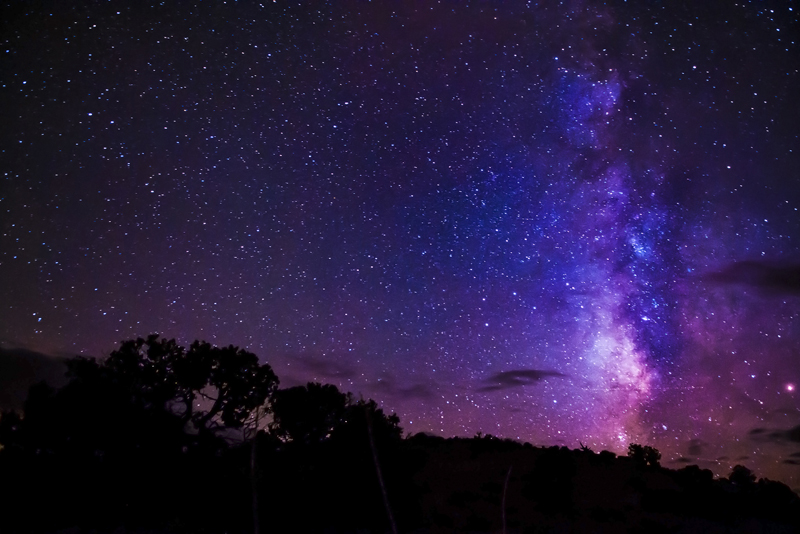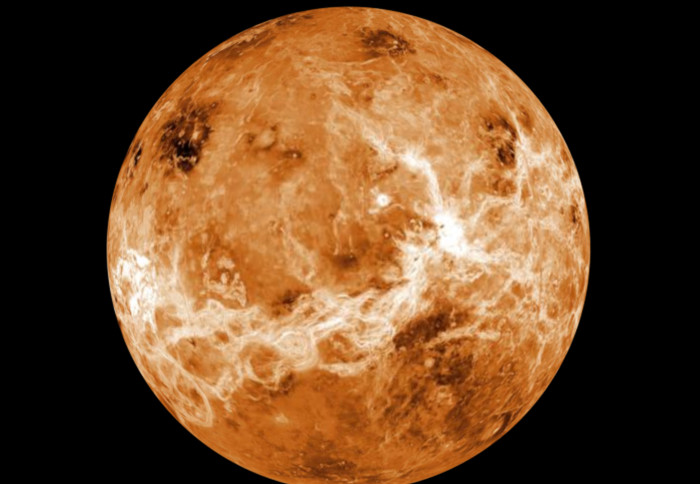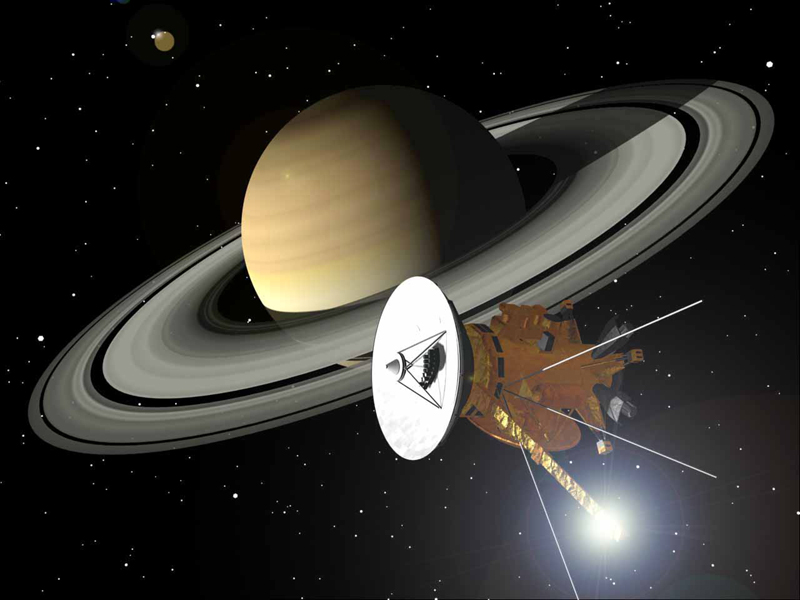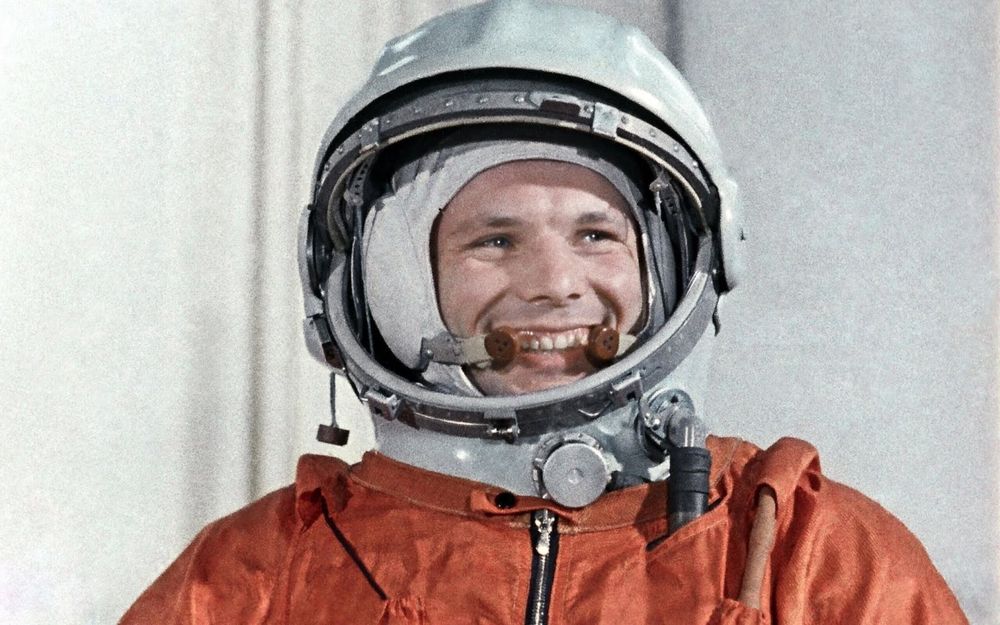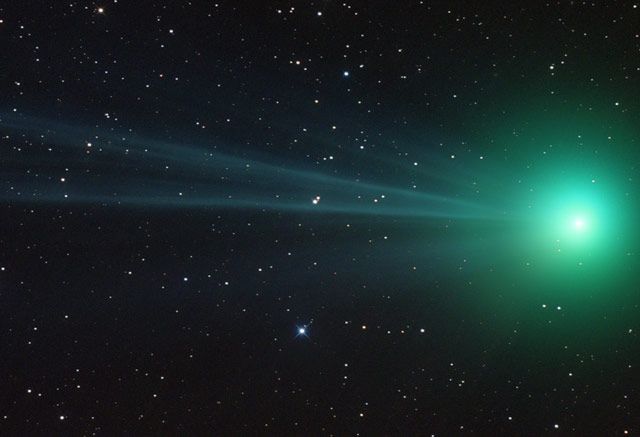Hi everybody!
I have taken advantage of BellaOnline's new facility for setting up newsletters in advance to send this out. As it goes out, I should be crossing the Arctic Circle - or perhaps will already have done so.
Since a lot of people are reading the existing old article on telescopes, it seemed about time to update this with some practical advice for new users. This follows my recent article on observing with binoculars at http://www.bellaonline.com/articles/art3064.asp .
The new article is called “Choosing and Using a Telescope.”
You've learned about the night sky with binoculars and you want to see more. What kind of telescope is good for a beginner? Here are some hints for choosing and using your first telescope. They've come a long way since Galileo first looked up through a telescope.
http://www.bellaonline.com/articles/art46819.asp
By the way, I came across a site where all sorts of products are reviewed. The one on telescopes looks helpful, though you should realize that it's far from a comprehensive list. They may be being a bit too kind to the Bushnell, which has a poor reputation, but it seems to give some useful information about the pros and cons of eleven popular telescopes.
http://telescopes.toptenreviews.com/telescopes-for-beginners-review/?cmpid=space470
I'll just mention two anniversaries this week.
*Pioneer 11*
On February 23, 1990 Pioneer 11 crossed the orbit of Neptune and was said to have left the Solar System. Pluto was still considered a planet then, but at that point its orbit was still inside Neptune's orbit. Many astronomers consider the heliopause to be the edge of the Solar System, in which case Pioneer 11 is still with us. The heliopause is where the solar wind (the particles emitted by the Sun) are stopped by the stellar winds of other stars.
Nonetheless Pioneer 11 (launched in 1973) has traveled a long way. The greatest distance Neptune gets from the Sun is 30 astronomical units (AU). However the probe is now nearly 83 AU from the Sun. (1 AU = mean Earth-Sun distance)
*The first pulsar*
On February 24, 1968 the discovery of the first pulsar was announced. When Jocelyn Bell, a doctoral student at Cambridge University, and Anthony Hewish her supervisor announced their finding, they weren't sure what they had found. It was a regularly-pulsating radio source located in one particular part of the sky.
It turned out to be a particular kind of neutron star. Until then the neutron star – formed in a supernova explosion when a star ran out of nuclear fuel – was only a theoretical idea. Most astronomers at that time still thought that dead stars ended up as white dwarfs.
Hewish got a Nobel Prize. Bell didn't.
That's all for this now. Wishing you clear skies.
Please visit astronomy.bellaonline.com for even more great content about Astronomy.
To participate in online discussions, this site has a community forum all about Astronomy located here -
http://forums.bellaonline.com/ubbthreads.php?ubb=postlist&Board=323
I hope to hear from you sometime soon, either in the forum or in response to this email message. I welcome your feedback!
Do pass this message along to family and friends who might also be interested. Remember it's free and without obligation.
Mona Evans, Astronomy Editor
.
astronomy Newsletter
